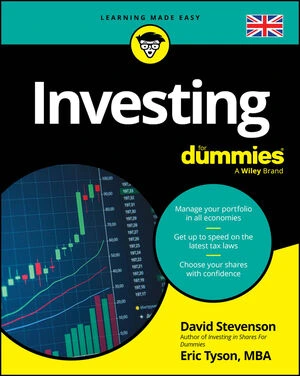There's some truth to this. Academic studies have shown that stocks that are cheap, or value priced, tend to have strong long-term performance.
Need proof? The following table shows how so-called value-priced stocks have performed compared with so-called growth stocks.
Value-priced stocks are those that are cheaper than the market based on fundamental metrics. Growth stocks are those that are more expensive than the market. The numbers speak for themselves. Cheap stocks win over the long term. And it gets better: The edge of value stocks carries over to company of any size — large or small.
| Type of stock based on index | Average annual % growth |
| Large value | 10.6 |
| Large growth | 8.2 |
| Small value | 12.6 |
| Small growth | 9.6 |
Source: Index Fund Advisors based on IFA indexes and data from 1928
Fundamental analysis can also help you protect yourself from your own speculative juices. By studying the cold, hard numbers of a company's business, you can get a strong dose of reality while other investors get caught up in the hype surrounding a particular stock. Because fundamental analysis is based in the laws of business, it can give you a greater perspective on how much an investment is worth.
Fundamental analysis allows you to have a pretty good idea of what a company or stock is worth, even before you buy it. That's critical in investing where the prices of stocks aren't always the same as the value of the company. How can that be?Value and price are determined by two very different things. A stock's price is determined by an auction, very similar to how the price on a Pez dispenser is set on eBay. Investors frenetically buy and sell stocks every trading day, pushing the price up and down based on how optimistic or pessimistic they are about a company's future potential that second or even nanosecond. Just as you can see a bidding war erupt over a Pez dispenser and push its value to extreme highs, the same can occur for a stock if many investors are willing to buy it.
A company's value is very different — and quite disconnected from the noise on Wall Street. A company's value is a mathematical measurement of what the company is worth based on how much profit it generates and how much growth it's expected to generate. The value of a company doesn't change second to second. Quite the opposite.
John Bogle, founder of the Vanguard investment company, separates the true value of companies from the market value determined by Wall Street noise. Bogle says the value of companies is determined by the slow creep upward of their dividends and earnings, which he calls the investment return. Then there's the speculative return, which is the price that traders are willing to pay for shares of that company at the moment.
Speculative returns aren't rooted in anything other than how much traders are willing to pay. When you start paying more attention to the speculative gains, you're setting yourself up for trouble. "In the short run, speculative returns are only tenuously linked with investment returns," Bogle says. "But in the long run, both returns must be — and will be — identical." In other words, the company's market value will eventually match the fundamental value.A great example of how fundamental analysis can help you spot a frenzy over a stock, causing its price to get out of line, occurred in March 2000. (Incidentally, the dot-com boom was one of the best eras in recent memory for showing the danger of speculation.) Shares of Palm Computing, a maker of the Palm electronic organizer (remember those?), soared 150% in their first day of trading to more than $95 a share. At that price, investors put a total price tag of $54.3 billion on the company and its 23 million shares.
Just a little bit of fundamental sleuthing could have protected investors from the coming brutal collapse in the stock. Here's how.
Palm Computing was 95% owned by its parent company, 3Com, at the time. And the entire value of 3Com, including its 95% stock in Palm Computing, was just $28 billion. So why would investors be willing to pay nearly twice as much for a 5% piece of Palm than they would the entire parent company, 3Com? This kind of madness shows investors lose sight of fundamentals. It's kind of like paying $20 for a slice of pie when you can buy the whole pie for $10. Fundamental analysts knew something was a little off. And they were right. The stock lost more than 70% of its value in just seven months. Ouch!






